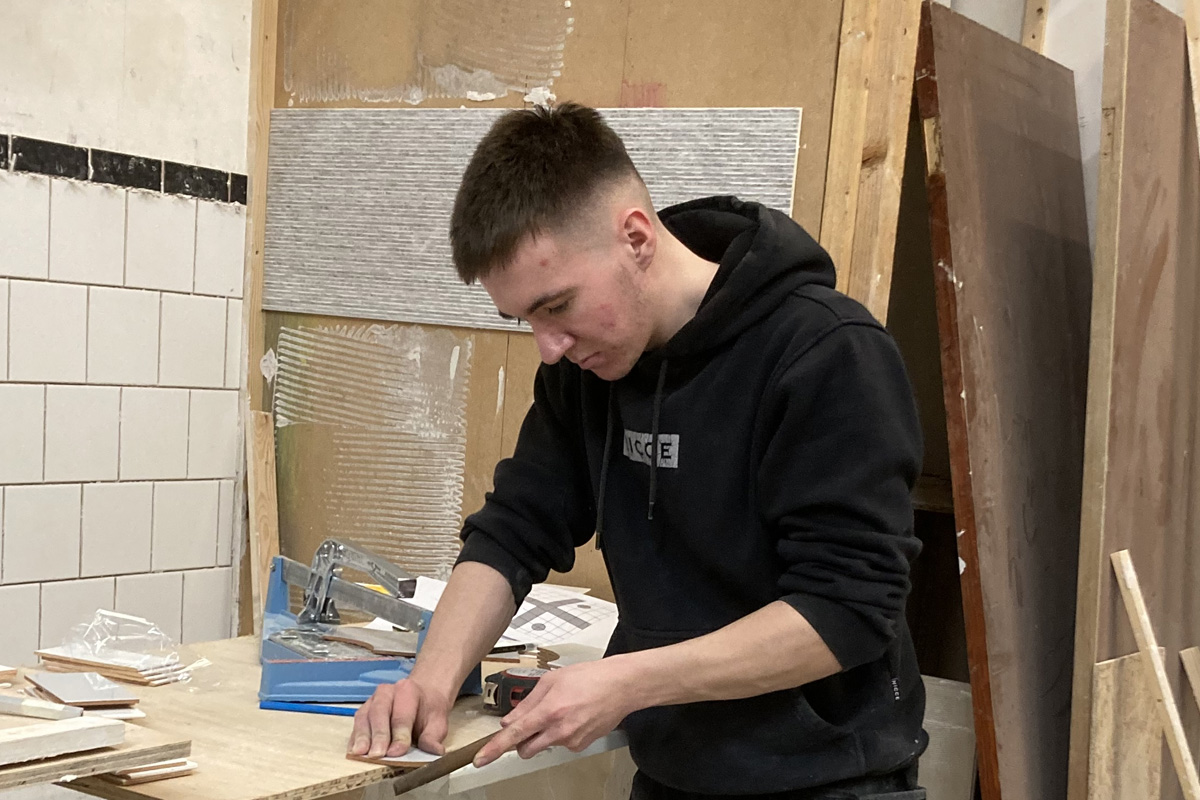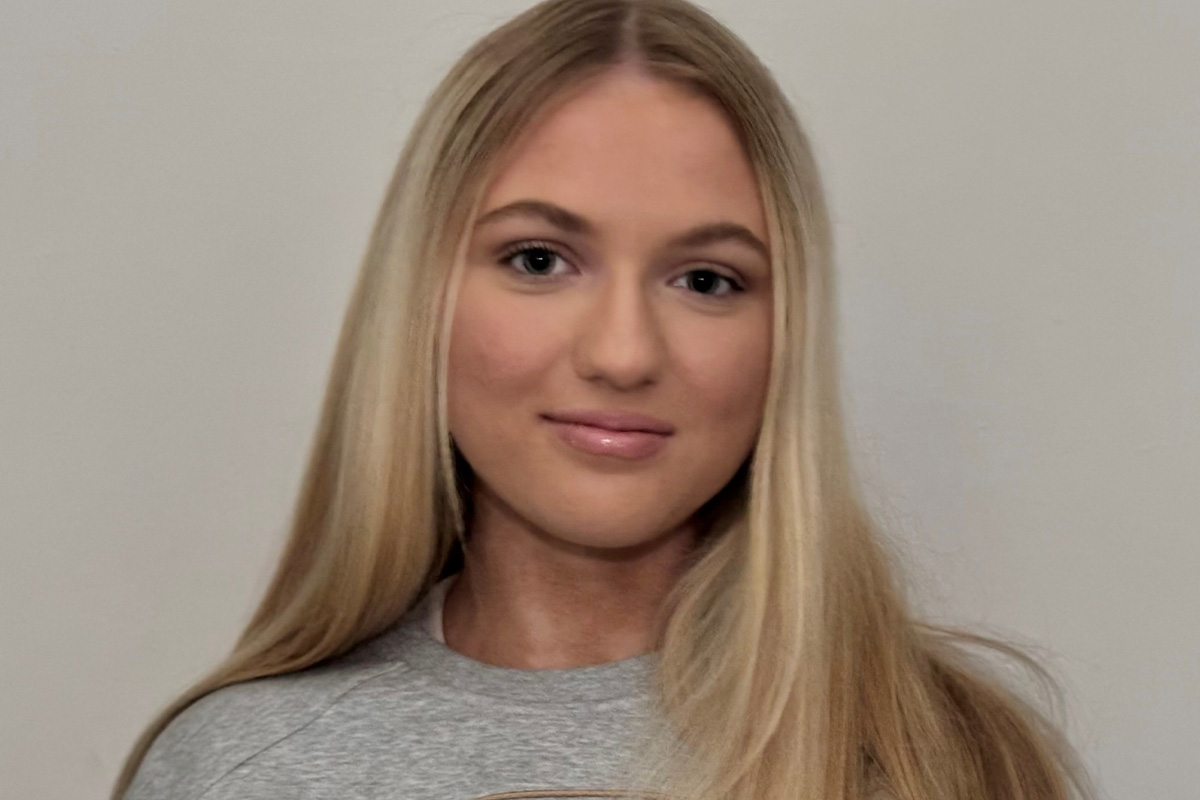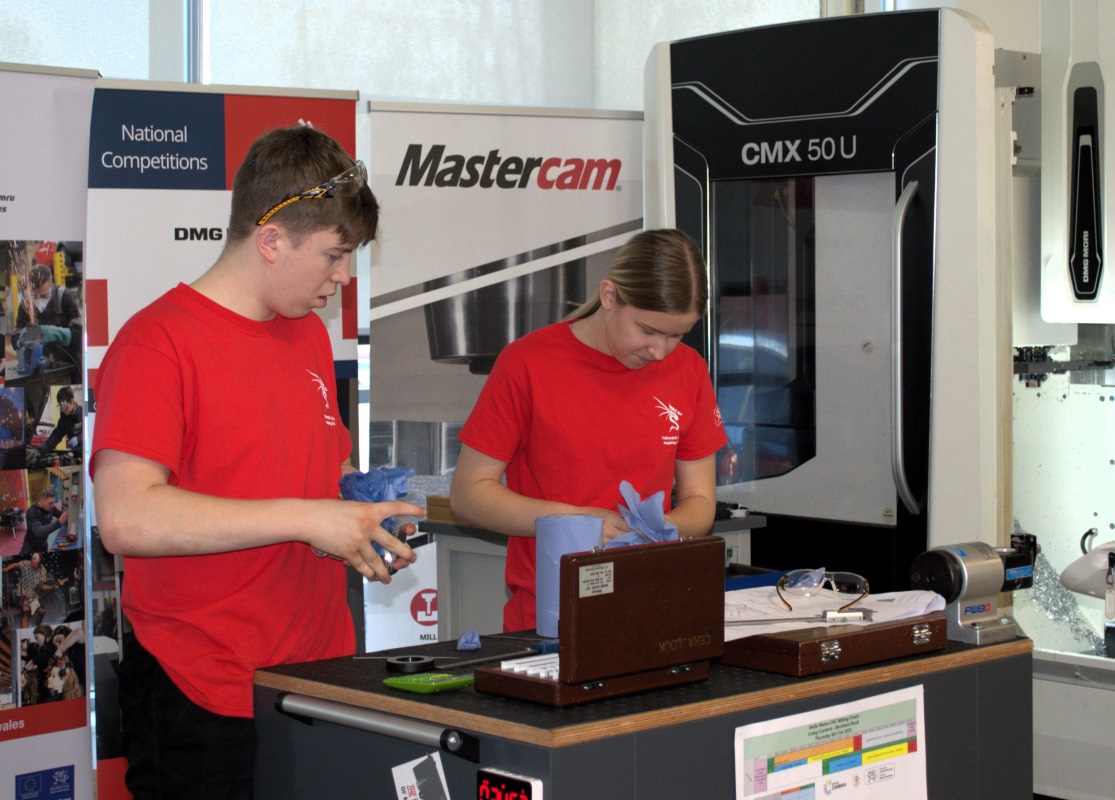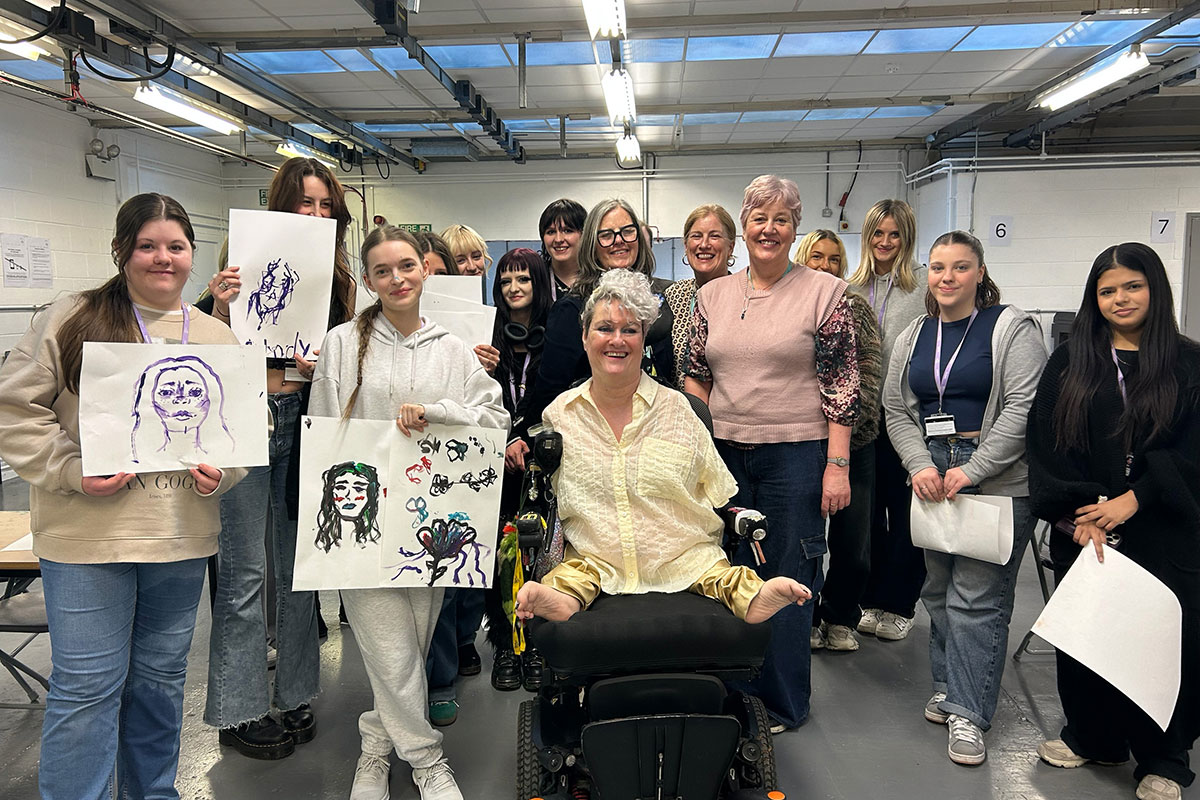Storyboard artist

Reference Number: ST0489
Details of standard
Occupation summary
This occupation is found in the creative media industries. Storyboard artists will typically be employed by a range of small to large production companies working within the British and International animation, film, television, visual effects, games and advertising industries. A storyboard is a series of sequential art that conveys the story and character in a visual media such as film, television or games. Its purpose is to communicate the visual story to colleagues, clients and stakeholders.
The Storyboard Artist is a highly skilled and creative individual who is required during the first phase of production, called pre-production; storyboards are sequences from script/brief/screenplays translated into a series of illustrations. The broad purpose of the occupation is to use storyboards to visualise the narrative, planning shots and drawing panels to demonstrate the staging/action, and maintain continuity between scenes of a production. An employee in this occupation will be responsible for preparing storyboards for production, including indications of dialogue, character performance and camera moves, and they could be asked to produce their work either as rough drawing or cleaned-up (more defined) drawings. Traditionally storyboards are drawn on paper from pen or pencil, however, with the integration of computers these may be created digitally; with either method the Storyboard Artist has to conceptualise and imagine the scenes to be drawn.
A key duty of the role is presenting the drawings and storyboards to colleagues, clients and stakeholders. The presentation of a storyboard is part of the overall pre-production process, it is used to demonstrate the film or content before signed off to proceed to the next stage of production; and it moves through the workflow from pre-production to production.
Storyboard Artists need to know and understand how the camera moves, how to frame the subject, types of shot such as wide, extreme close up and worms eye view. They also need to know and understand the key errors to avoid, such as dead centre compositions, tilted oblique angles and splitting the screen in half with horizontal lines.
In their daily work, an employee in this occupation interacts with the Director and, possibly, with the scriptwriter, Producer, client or Storyboard Supervisor, to visualise and tell the story. They are usually based in either an office environment, or work remotely from their own offices/place of work working on commercials, television series, games, short form work and feature films.
This role may include out of hours or irregular working patterns when collaborating on international projects.
Duties
- Manage story board work on designated projects
- Interpret a creative brief or script to create storyboards
- Visualise the story and convey this in drawings
- Prepare drawings for storyboards or other preparatory visualisations
- Present storyboards to colleagues and clients
- Work effectively with creative colleagues and clients
- Manage own working practices in the creative industries
- Manage the media content/assets created
- Manage and market yourself and your services to productions
- Manage own development
Typical job titles
Storyboard Artist, Story Artist, Revisionist
Occupation duties
Duty |
KSBs |
|
Duty 1 Manage story board work on designated projects |
K1 K2 K3 K4 K5 S1 S2 S3 S4 B3 B4 |
|
Duty 2 Analyse and interpret a creative brief or script to create storyboards within production parameters |
K5 K6 K7 K8 K9 K10 S5 S6 S7 S8 B1 B2 |
|
Duty 3 Visualise the story and convey this in drawings |
K11 K12 K13 K14 K15 K16 K17 S8 S9 S10 S11 S12 S13 B1 |
|
Duty 4 Prepare drawings for storyboards or other preparatory visualisations |
K18 K19 K20 K21 S14 S15 S16 S17 B1 B4 |
|
Duty 5 Present storyboards to colleagues and clients |
K22 K23 K24 K25 K26 S18 S19 S20 S21 S22 B1 |
|
Duty 6 Work effectively with creative colleagues and clients |
K27 K28 K29 S23 S24 S25 B3 B4 |
|
Duty 7 Manage own working practices in the creative industries |
K30 K31 K32 K33 S26 S27 S28 S29 B5 |
|
Duty 8 Manage the media content/assets created |
K34 K35 K36 K37 K38 S30 S31 S32 B6 |
|
Duty 9 Manage and market yourself and your services to productions |
K39 K40 K41 K42 S33 S34 S35 B5 B6 |
|
Duty 10 Manage own development |
K43 K44 S36 S37 S38 S39 B3 B4 |
KSBs
Knowledge
K1: Understand the end-to-end production workflow and the process from pre-production to delivery, and how the stages of production and departments interact
K2: Know and understand the language of film and story structure
K3: Understand the importance of thumb nailing quick sketch layouts and choosing the appropriate elements from the script to focus on in each panel
K4: Who to consult and work with to ensure that drawings meet design information whilst remaining within production limits
K5: How to read, analyse and interpret a creative brief or script, usually provided by the director, production designer or department head
K6: Understand and decode long-standing visual conventions – how and why we see things the way we do and the psychological & emotional impact on the viewer
K7: Understand the technical requirements of the production, such as screen ratio and frame rate
K8: Understand the process to scope the intended production process, assess and determine the resource requirements including outsourcing
K9: Understand and consider the constraints applying to the production such as budgetary or design
K10: Understand the conventions of the production pipeline such as complying with shot, naming protocols etc.
K11: Understand the uses of shot composition, contrast, scale and perspective and how the camera moves
K12: Understand how to show action succinctly and maintain continuity
K13: Understand the key character poses and expressions that effectively illustrate the brief or script
K14: Understand how to use false (forced) perspectives
K15: Understand the use and effects of light, colour and shape to convey structural information and mood
K16: Understand how to use simple symbols and lines to denote movement in the shot
K17: Understand how to use expression and pose to portray emotion or motive, sometimes in exaggerated form
K18: Understand the processes and art of a particular department throughout the production such as animation, camera and rigging
K19: Understand the different types of method and medium for producing drawings and associated information
K20: Understand the importance of different painting and drawing media styles, and how to use these appropriately and efficiently
K21: Understand the importance of carrying out checks relating to content and presentation of drawings, associated graphical information and specifications
K22: Understand how to effectively present storyboards, ideas and information to ensure that your proposals stand out
K23: Understand the content and structure of effective proposals and presentations and which information clients/colleagues require
K24: Understand the purpose and benefits of summarising important features and key points, and how to do this effectively in both a written and oral format
K25: Understand the effect your voice tone, pace, volume and body language can have on your audience and their understanding of your key points during oral presentations
K26: Know and understand the purpose, benefits and ways of evaluating the success of presentations
K27: Understand the particular operational and technical standards of a department and the challenges they face, such as camera
K28: How to manage conflict regarding creative suggestions e.g. between the director and Head of Story or the Storyboard Supervisor
K29: How clear, timely communication can contribute to productive working relationships
K30: Understand the implications of your decisions on the production budgets and resources with which you are involved
K31: Understand how your role and responsibilities may need to change to handle the different requirements of different pieces of work
K32: How to work within the constraints of a given production such as financial or resourcing constraints
K33: How to adapt workflow or pipelines and plan solutions to deal with the unexpected; use technical and conceptual knowledge to create ways forward
K34: Understand how to maintain record systems of drawings and associated information
K35: Understand how to use the specialist technology and software used for production workflows; and how this varies from small to large companies, and studio to studio
K36: Understand the importance of organising and naming media asset files correctly
K37: Understand the importance of maintaining data security and following your organisation’s guidelines and file structures
K38: Know and understand the legal and regulatory requirements which apply to content production such as copyright, intellectual property rights, safeguarding
K39: Understand how to market yourself and your services including making, following up and maintaining contact with potential clients
K40: Know and understand how to maintain your professional ethics and practices, and keep abreast of new developments within the media industry and reputational risk
K41: Understand the benefits of a professional online presence and the options to achieve this; including promotional websites, blogs and use of social media to manage and market yourself
K42: Know how to recognise the difference between creative and business decisions
K43: Understand the different theoretical and methodological perspectives that affect the Film, TV, Animation, Games and Commercials industries
K44: Understand how to further develop own storytelling, live action and animation knowledge
K45: Understand why it is important to seek feedback on own working practices
Skills
S1 Determine and manage relevant aspects of a production which are part of the pre-production phase
S2 Analyse and interpret a script or creative brief to identify the specifications for drawings and other visual information required during pre-production
S3 Assess and select methods, media and the relevant scale for producing suitable drawings
S4 Take and give direction and be able to implement feedback quickly and effectively
S5 Design and plan the sequences, scenes, shots and action that are needed to communicate the narrative
S6 Ensure that your plans take into account the following conditions; shot composition, timings, transitions, camera moves, sound track, scratch dialogue, music, sound effects, special effects, pacing and rhythm
S7 Ensure that your visual story meets the proposed design constraints, technical requirements, facilities and production process for the production
S8 Adapt narratives to meet the different design, technical and production requirements as required
S9 Adapt style and make changes to drawings as required
S10 Create tonal, atmospheric work that maybe required to generate a colour script
S11 Use effective drawing techniques which meet the production style, and which convey artistic and technical requirements for others
S12 Consult with appropriate experts when specialist skills are required to ensure the relevant technical information is clearly expressed in the drawings and other material
S13 Visualise a 2D board into a 3D environment
S14 Ensure the drawings and associated material are complete, accurate and comply with design information and industry technical conventions
S15 Ensure that there are sufficient drawings to present to the decision makers for the production
S16 Ensure that drawings clearly show the visual effect, at key stages, intended by the decision makers for the production; such as the director
S17 Produce drawings that accurately relate to the associated graphical information and specifications
S18 Present information in a way that emphasises the full range of benefits associated with your proposal and concept for the production
S19 Include the information that is of most interest to your audience and which portrays your proposal and concept in the best way
S20 Use language which clearly conveys the topic, and which is appropriate to the audience
S21 Respond carefully to questions, making sure you provide the information the audience is asking for
S22 Evaluate the success of your presentation and identify changes that will improve your presentation technique in the future
S23 Work collaboratively to build rapport and trust with the production team to ensure the production is on schedule and on budget
S24 Establish and manage complex relationships with multiple colleagues, customers, suppliers and professional networks
S25 Liaise with the director and other colleagues at regular intervals to facilitate the creative process and delivery of required outcomes
S26 Manage your own time and contribution making sure your work has a positive effect on others involved
S27 Analyse and advise when changes requested by others will have an adverse effect on production budget, timescales, end result or other parts of the workflow and communicate this in an appropriate manner
S28 Maintain a high degree of accuracy and attention to detail in line with delivery requirements for productions
S29 Operate within and adhere to, agreed organisational policies, standards and procedures
S30 Assess, select and use the industry standard software package required by the particular production
S31 Prepare and store files in line with production requirements to enable the next stage of production to run efficiently
S32 Undertake final archiving and subsequent data restoration from archives
S33 Network and market yourself appropriately, keeping up to date with forecasted productions
S34 Establish, follow-up and regularly maintain business contacts within the industry
S35 Ensure that you have systems in place that help identify work opportunities at an early stage
S36 Proactively develop and maintain own professional competence, with the willingness to learn new processes and technical skills, and manage own continuing professional development (CPD)
S37 Seek constructive feedback from relevant people about your performance, evaluating the feedback to identify development needs
S38 Evaluate own skills and knowledge to determine future development needs
S39 Continue to update own skills relating to use of new tools, software, data and other related technology
Behaviour
B1: Creative thinking- Initiative and innovation in the ability to analyses problems, problem solve, to provide creative solutions and opportunities for the production
B2: Critically analyses, interprets and evaluates complex information, concepts and theories to produce modified conceptions
B3: Adaptability- Adapts positively to changing work priorities and patterns, ensuring productions deadlines continue to be met
B4: Flexibility – the capacity to work both independently and collaboratively as part of a team
B5: Resilience – displays tenacity and proactivity in the way they go about their role
B6: Integrity, honesty and reliability, with good time keeping and the ability to meet production deadlines
Qualifications
English and Maths qualifications
Apprentices without level 2 English and maths will need to achieve this level prior to taking the End-Point Assessment. For those with an education, health and care plan or a legacy statement, the apprenticeship’s English and maths minimum requirement is Entry Level 3. A British Sign Language (BSL) qualification is an alternative to the English qualification for those whose primary language is BSL.
Additional details
Occupational Level: 7
Duration (months): 18
Review
This standard will be reviewed after three years.
Crown copyright © 2020. You may re-use this information (not including logos) free of charge in any format or medium, under the terms of the Open Government Licence. Visit www.nationalarchives.gov.uk/doc/open-government-licence











Responses